AI SpaceFactory has initiated printing of NASA Construction Level 2. 3D-printing process proceeding as planned. Due to technical issues live-streaming of the event was disconnected. Updates will be provided throughout the day.
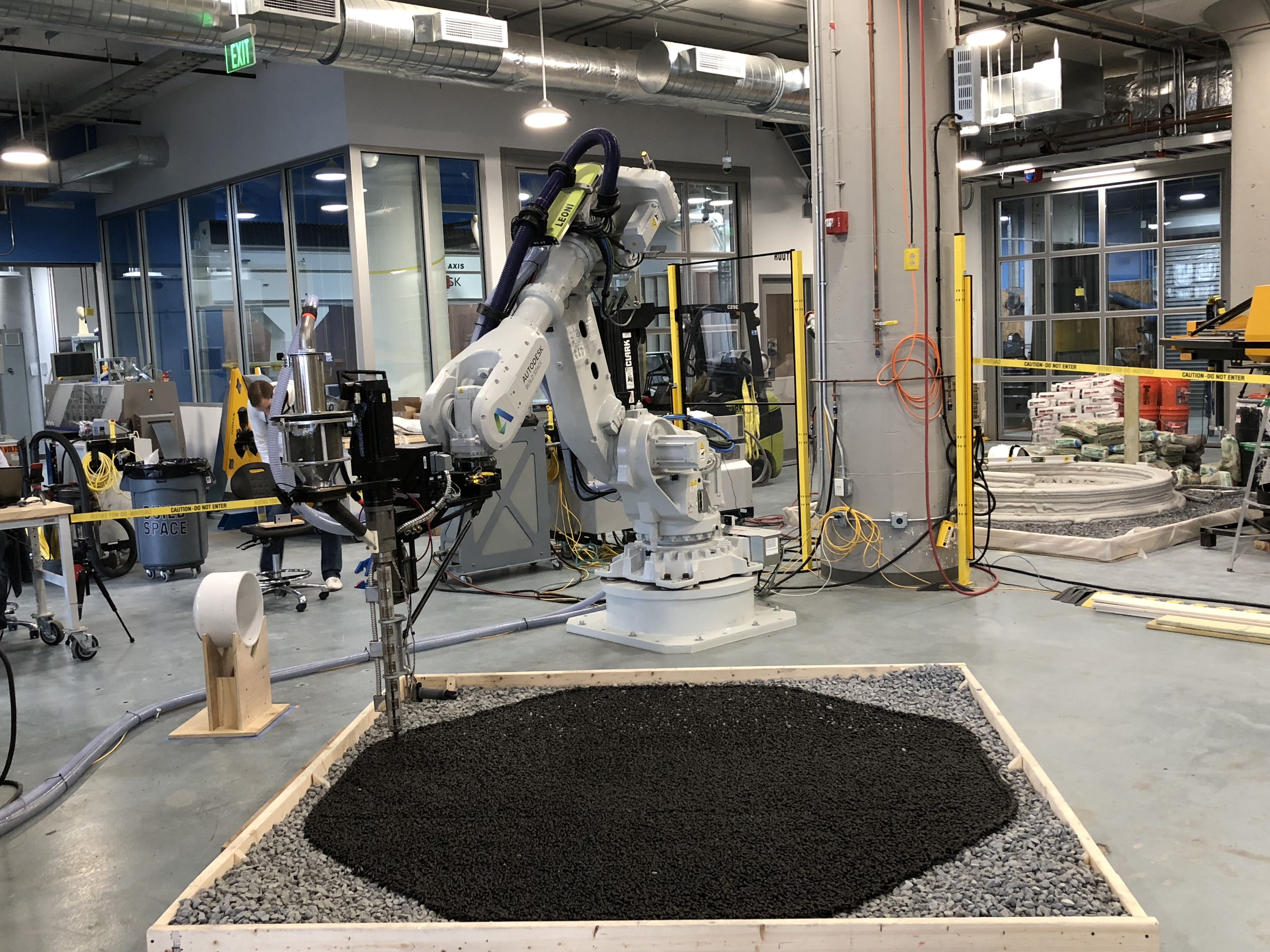

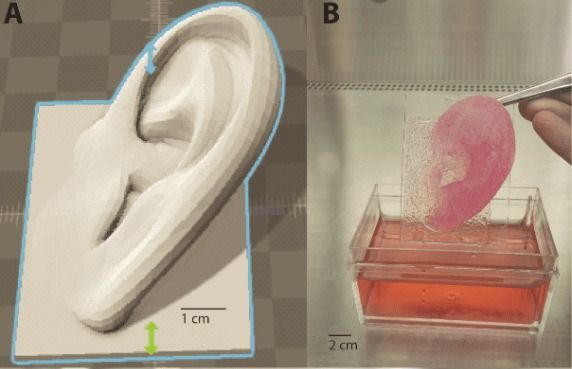
3D bioprinting continues to diversify as more and more companies and research organizations join the field, each bringing their own take on the technology to the table. French collaborative platform 3D.fab has an intriguing approach towards bioprinting that involves a freeform robot capable of directly printing on a part of the body. In the video below, the BioAssemblyBot prints what appears to be a bandage directly on an arm:
The “bandage” is actually a bio-ink made from the skin cells of a patient. When applied to the patient’s skin, it forms an autograft that will, within a couple of weeks, create new skin. The BioAssemblyBot is capable of both additive and contour 3D printing, as well as pick and place and assembly thanks to its interchangeable tools. It’s only one of 3D.fab’s bioprinting technologies; the platform has a few other bioprinters in development as well, including another skin printer.
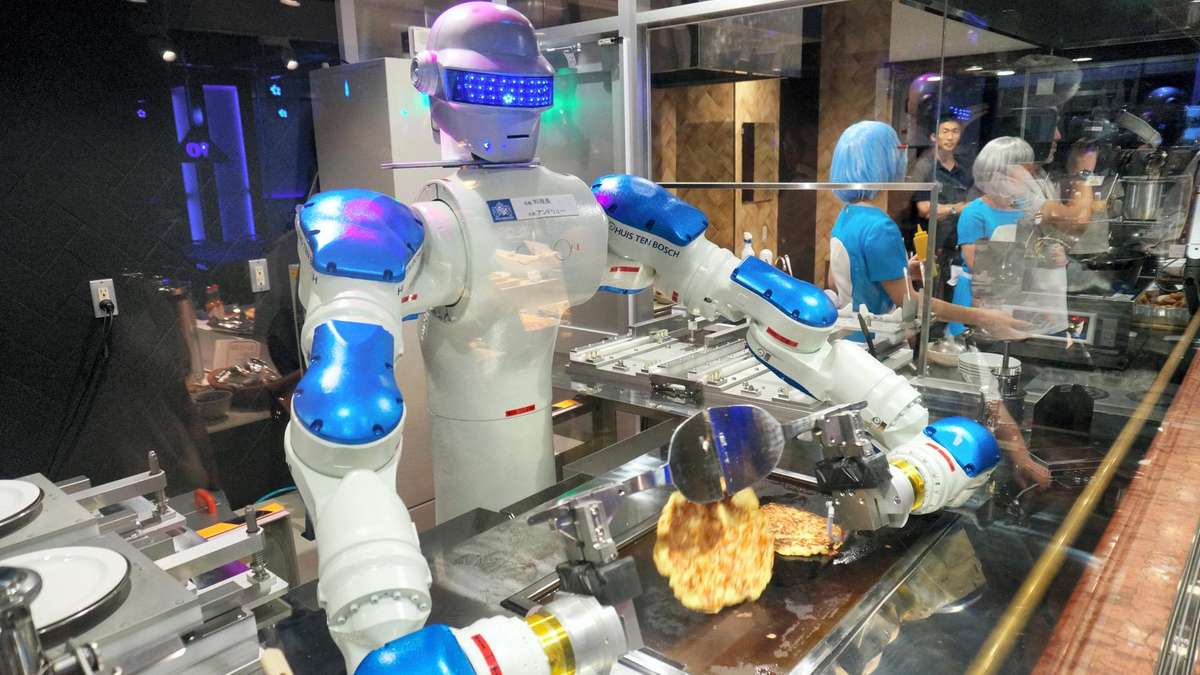
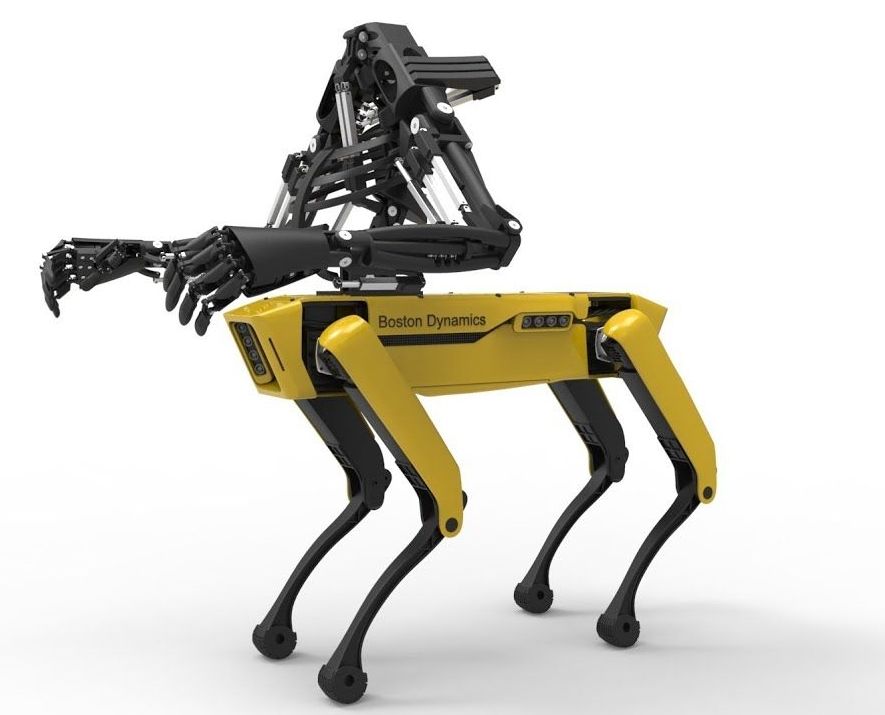
Ever since 2014, Italy-based Youbionic, which was founded by Federico Ciccarese and specializes in robotics and bionics, has been working on its 3D printed, robot-controlled, bionic prosthetic hand. The company started taking pre-orders for the bionic prosthetic two years ago, and has since been making improvements and updates to the original model, even coming out with a 3D printed double hand device for the augmented human. Now, Youbionic has released its latest bionic product – the Youbionic One.
“We believe that technology at our disposal today can be used for the increase in human capabilities and intervention in the replacement of parts of our body which are not working properly,” Ciccarese wrote in an email.
“Youbionic is committed every day to create technologies that can elevate mankind to a higher level.”
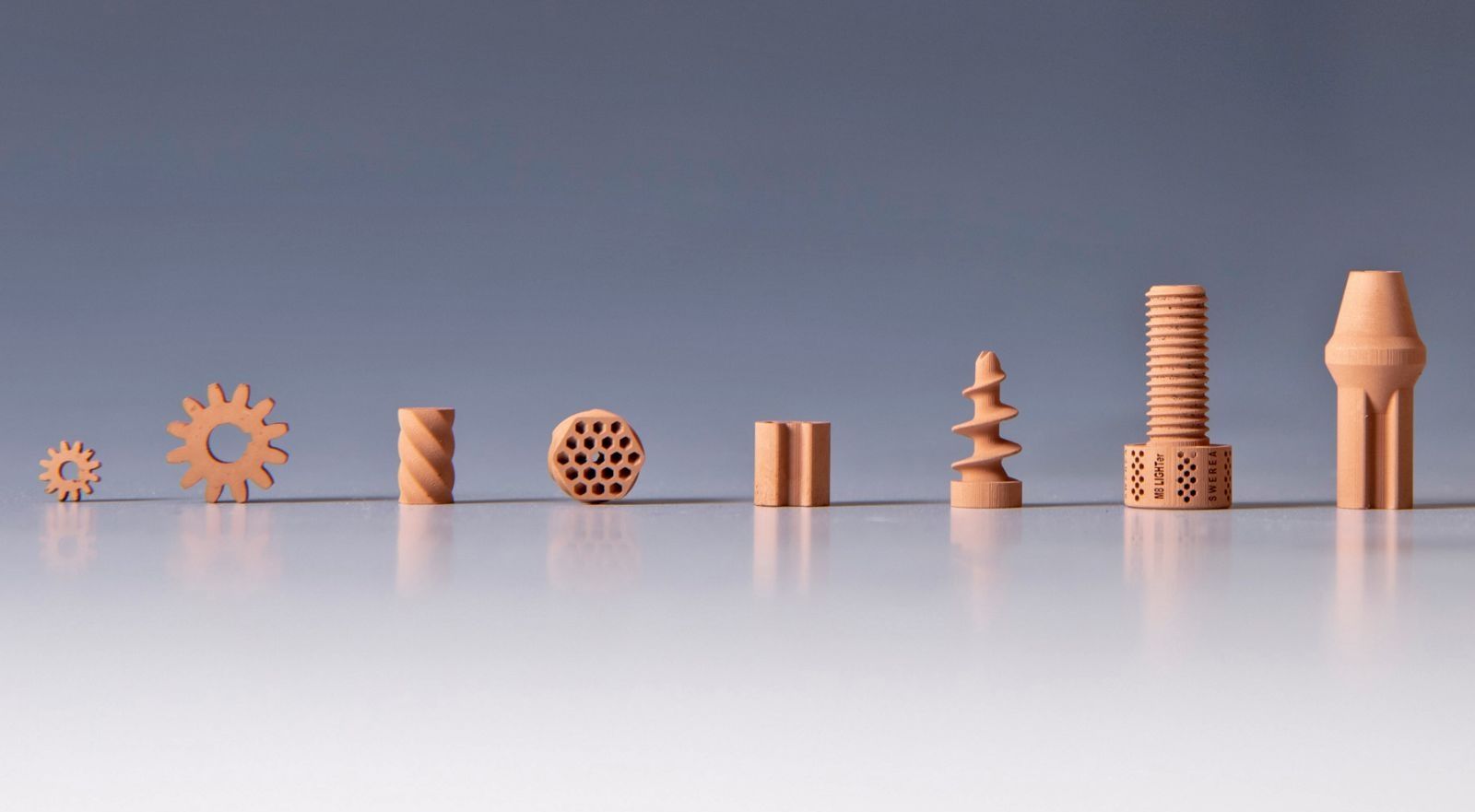
Mars is lacking in the vast supply of natural resources we’ve come to rely on here on Earth, and astronauts attempting to colonize, or even just visit, the red planet can only bring a limited supply of materials with them. Learning to make do with what Mars has to offer is one of the biggest challenges of visiting our nearest neighbor, but the results of the European Space Agency’s latest 3D-printing experiments prove it isn’t impossible.
We’ve sent probes and rovers to Mars, but to date it’s only been a one-way trip. Our knowledge of what Mars is made from is limited to what Spirit and Opportunity can learn from samples, and studying Martian meteorites that have made their way to Earth. Like our moon, if there’s one thing Mars isn’t lacking, it’s dust. So as a stand in for genuine Mars ingredients, researchers have turned to a simulated version of lunar soil, also known as lunar regolith.
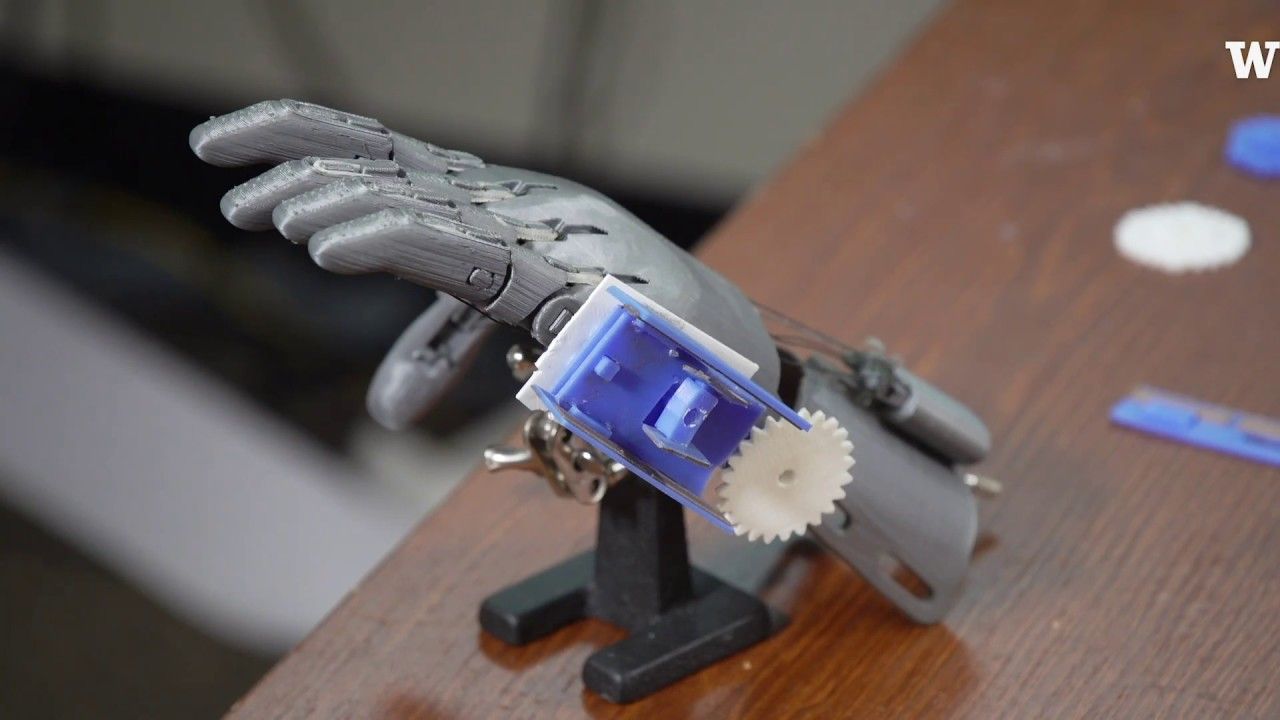
Researchers at the University of Washington have developed 3D-printed objects that can transmit and store data about their use without the need for batteries or electronics.
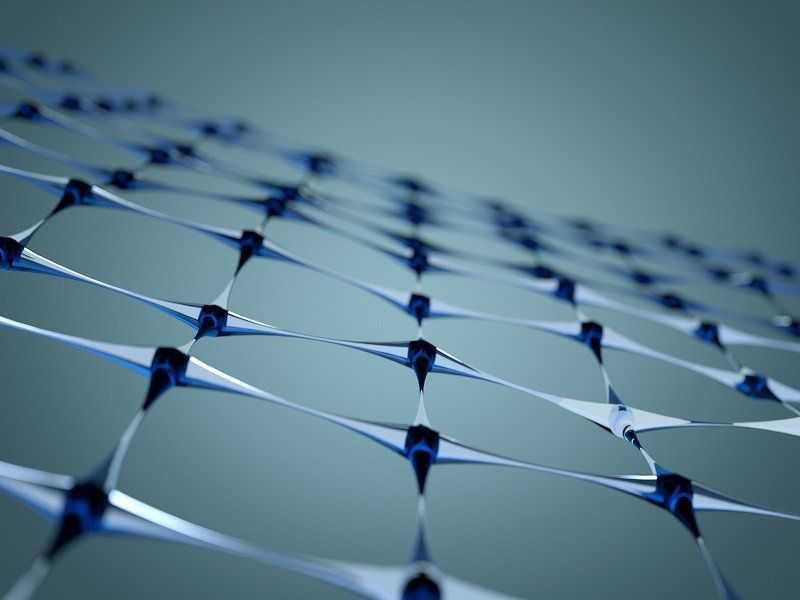
Researchers have combined a form of graphene with a seaweed-derived substance to create a whole new smart material with multiple uses.
A number of biomedical applications have begun to adopt hydrogel materials made from alginate, a natural material derived from seaweed. Yet in their current form, these hydrogels are incredibly fragile, meaning they’re not very useful in the long term.
However, researchers at Brown University have found a way to drastically improve their strength – in addition to making them more intricate in shape – using graphene oxide (GO) and 3D printing.
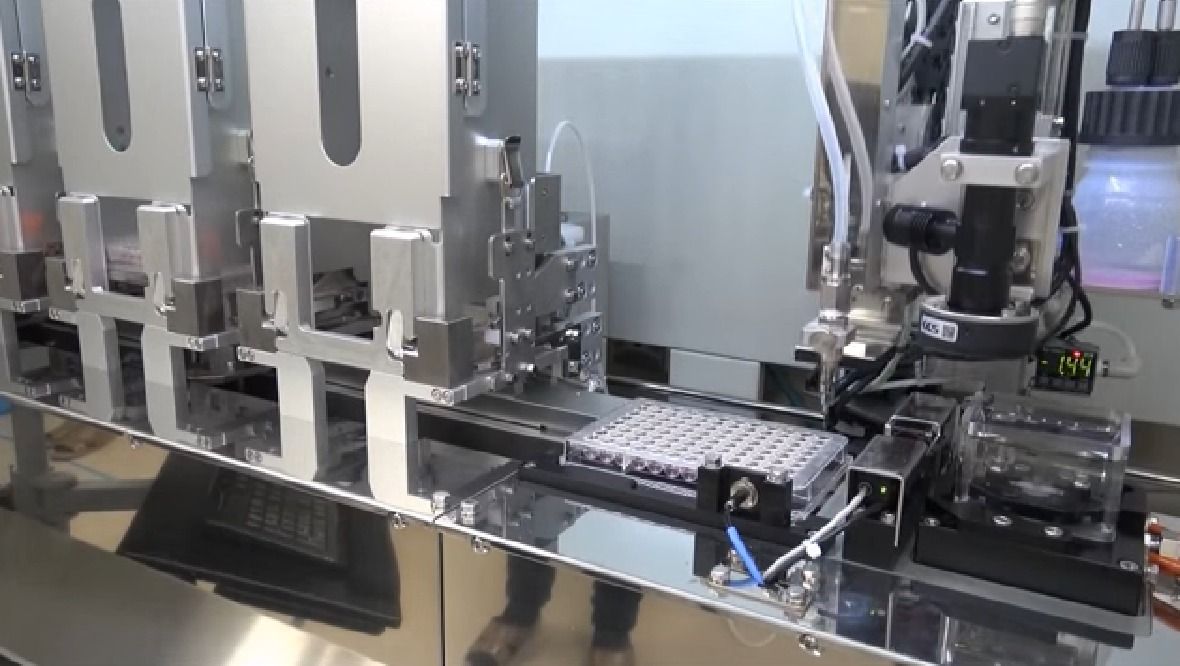
After successfully transplanting the first 3D-printed cornea in an animal, North Carolina company Precise Bio has recently announced the launch of a dedicated business for creating marketable, 3D-printed products for human eyes. Founded by scientists from the Wake Forest Institute of Regenerative Medicine, this company is developing bio-fabrication printers that can restore cells, tissues, and organs. Their proprietary technology, a 4D bio-printing platform, is said to resolve existing limitations presented by other bioprinters to enable more complex tissues to be engineered for transplants and treatments. By focusing on developing marketable products for the eye, the company aims to achieve rapid advancement in its field and move to overhaul the whole organ transplant system.
When a cornea is damaged by disease or injury, a replacement is often needed to restore vision. Transplant surgery using donated corneas is an available solution, however, it relies on a deceased donor. While the waiting list in the United States is nearly non-existent, other countries require longer wait times, some over a year, before one is available. The Eye Bank Association of America estimates that around 10 million people suffer from corneal blindness that could potentially be restored via transplant surgery. An artificially manufactured cornea would overcome supply limitations while also contributing to the knowledge base to develop more complex organs such as hearts and livers.

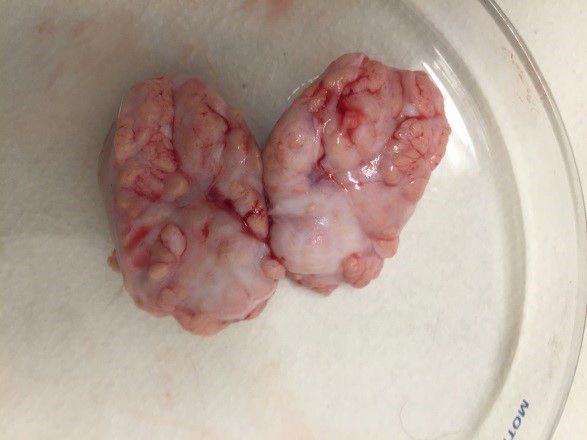
Stem cell research firm Celprogen Inc. has been working on something quite exciting for some time now, which has remained largely under the radar until very recently. The California-based company announced it has successfully 3D printed a human brain organelle using brain stem cells. The bioprinted brain could have applications in studying neurological diseases.
More than just announcing the bioprinted brain organelle, Celprogen has also used the brain to study the “role of Microglia activation and deactivation in neurological diseases.” Through this research and experimentation, the company says it has identified and characterized 11 lead compounds that could be potential drug candidates for diseases such as Alzheimer’s, Parkinson’s and Glioblastoma.